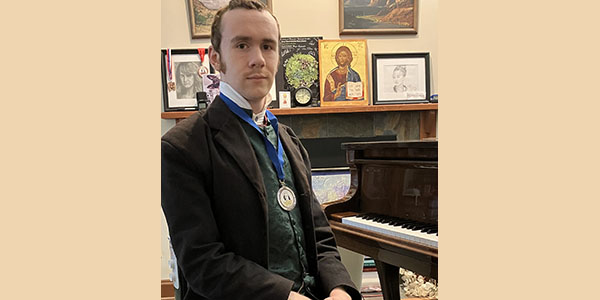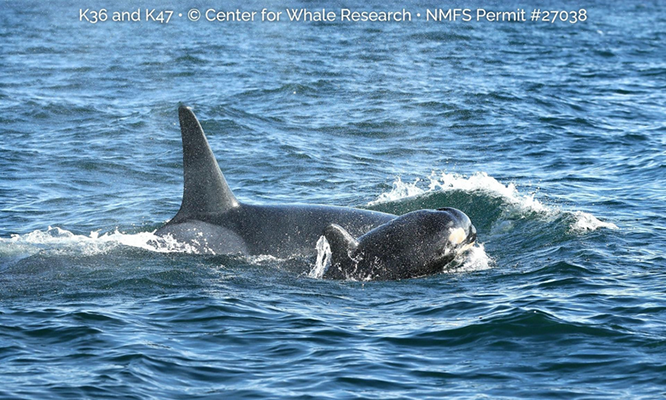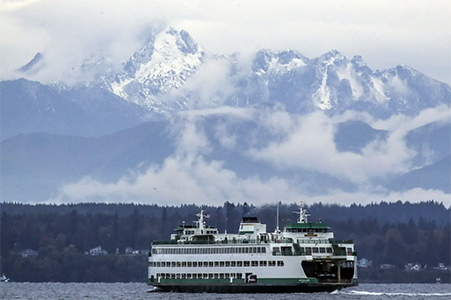By Sadie Bailey
Updated May 8 at 11:30 a.m.
Here in Eastsound’s Urban Growth Area (UGA) – at sea-level, only a mile wide, and vulnerable to a wipeout in an overdue 9.0 magnitude earthquake – it seems our critical areas are viewed as disposable. Here we get maximum negative impacts from poorly planned development, and the brunt of stormwater dumping into non-flushing Fishing Bay. We’re forced to have sewers and chlorinated water, expected to withstand more retail buildings eating away at Eastsound Swale and other important wetlands while many existing buildings have vacancies.
Forcing UGA residents to abandon septic drainfields and pay to install sewer systems hurts more than their already strained purse strings. It has killed countless cedars and other trees, many of which took hundreds of years to grow, because their water supply was cut off and diverted. This devastates dependent avians and fauna. In a wind-tunnel area already deforested due to over-development, we can’t afford to lose any more trees – natural wind breaks, shelter, habitat for countless avian species, stormwater root filtration systems. No artificial thing can replace a mature living tree.
Here In OUR urban growth back yard, we watch our beloved natural habitats get bulldozed and our village become the toilet and dumping ground of the island, so that the rest of the populace can have its open space. And at EPRC meetings, we suffer county officials saying that wetland buffers can be relaxed in a UGA, as we watch Eastsound Swale get chopped and destroyed some more. It’s maddening.
What recourse do we town-dwellers have? Most of us are low to moderate income people who must work. We can’t afford litigation and the constant vigilance it takes to protect our critical areas. Unless the rest of the citizens of Orcas begin to see a connection with us here, and realize this town is theirs too since they also use it, Eastsound critical habitats and their pristine beauty will be destroyed. The county has dragged its feet on the CAO for so long that the grant monies which could have helped us compile local Best Available Science (BAS) data are drying up, due to attacks on federal and state environmental protection laws and severe budget cuts.
All BAS and Best Management Practices Wetland documents I have read (and I have read many, since I live in a degraded wetland habitat at Lavender Hollow Apts.) say that mitigation and artificially engineered wetlands are the last resort and never achieve “no net loss.” Dr. Adamus said that until we can document local BAS, we should err on the side of doing nothing if there’s any chance of harm. Here’s an excerpt from his summary:“Many other data gaps exist that pertain to upland habitat, but these are perhaps the ones that most limit attempts to base land use decisions on sound science. Despite the above data gaps and information needs, the County’s efforts to protect habitats and biodiversity should not be put on hold until more information is available. State laws, the public trust, and popular concern for protecting natural resources from long-lasting harm dictate that both voluntary and regulatory efforts proceed with urgency using the best available science, whatever its current limitations.”
How can we convince people to WANT to do the right thing regarding critical areas? It starts with education. We can start by educating the public about the functions of wetlands and their necessary role in cleaning our critical aquifers and supporting biodiversity. The whole of Eastsound UGA is a critical aquifer wetland that has been so degraded it’s now unrecognizable from even 20 years ago.That doesn’t give anyone the “right” to continue to degrade it. Each development that chops up another piece of Eastsound Swale irrevocably destroys lives; tree, bird, fish, amphibian, flower, bat, bee. What I speak of is only a microcosm of the much greater interconnected big picture.
Can we find ways through education and incentives to protect Critical Areas? We must try, together. This is too important an issue to leave to a few county officials who think Eastsound is a write-off. I would argue that Eastsound is MOST important to protect. Many First Nations know, and knew, the interconnectedness of all things. When will we learn to? Please submit your comments about the CAO and even if you’re not a “townie”, don’t forget us here in Eastsound, who are taking the hit for the rest of you.
“I do not see a delegation for the Four Footed. I see no seat for the Eagles. We forget and we consider ourselves superior. But we are after all a mere part of Creation. And we must consider to understand where we are. And we stand somewhere between the mountain and the Ant. Somewhere and only there as part and parcel of the Creation.” – Chief Oren Lyons, Oneida in an address to the Non-Governmental Organizations of the United Nations, Geneva, Switzerland, 1977
**If you are reading theOrcasonian for free, thank your fellow islanders. If you would like to support theOrcasonian CLICK HERE to set your modestly-priced, voluntary subscription. Otherwise, no worries; we’re happy to share with you.**








A human being is part of a whole called by us “the universe”, a part limited in time and space. He experiences himself, his thoughts and feelings, as something separate from the rest—a kind of optical delusion of consciousness. This delusion is a kind of prison for us, restricting us to our personal desires and affection for a few persons nearest to us. Our task must be to free ourselves from this prison by widening the circle of understanding and compassion to embrace all living creatures and the whole of nature in its beauty.
–Albert Einstein